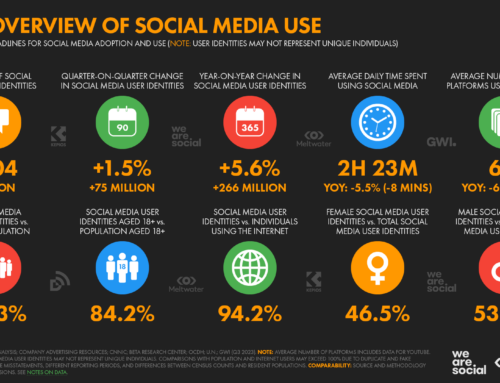
Photo by kevindooley on Flickr |
The nonprofit blogerati have been weighing in lately about how nonprofits are bad, bad, bad for looking at social networking as a way to market their organizations. And “communications” seems to have become a dirty word too.
Here are a few samples:
Online Social Networks are Not Mailing Lists by Michael Gilbert of the Gilbert Center. “Once the idea of ‘online social networks’ starts tugging at their sleeve, these are the unfortunate kinds of questions that nonprofits start asking: How do I reach new audiences? How can I get my message out? . . . ”
Holly Ross at NTEN agrees in R-E-S-P-E-C-T. She sums up Gilbert’s points this way: “He argues that thinking about how to use social networks as communications channels is disrespectful” and says that she agrees with him.
In last week’s Chronicle of Philanthropy chat on online marketing, in response to a question about creating online publicity, Beth Kanter said “The word ‘publicity’ implies communications, broadcasting – not social media.” And to a question about using Twitter, she replied “Twitter is not a promotion device!!”
Why I Disagree
Their key point seems to be that nonprofits should use social media/social networking only for listening and learning through engaging in conversation. You cannot expect anyone to listen to what you have to say, unless you are listening too and responding in kind. With this basic premise, I do agree.
However, I strongly disagree with this whole notion that nonprofits who want to use social networking as part of a larger communications strategy, including as a way to get their messages out and to reach new people, are somehow being disrespectful for even considering it.
I’ve gained immeasurably from Michael, Holly, and Beth’s work and insights on technology issues. But this kind of flagellation of nonprofit communicators makes me want to pull my hair out.
How It Looks from Here
It feels to me like they are giving special golden status to what is really just one more set of tools (albeit some very cool ones) that help people communicate with one another and connect in different ways.
Maybe they are talking about the big nonprofits with budgets in the many millions of dollars with staff whose job descriptions actually include words like “social networking.” And maybe those organizations should be much more sophisticated than they are about their approach to social networking.
But those are not the kinds of organizations I work with and train on a daily basis. The nonprofits I work with are much, much smaller and have much more limited resources. They often don’t even have a full-time staff person dedicated solely to communications or even to fundraising.
So for these groups, let’s get real: “listening” and “learning” are luxuries.
“Listening” is something that might happen once a year in a survey. I know many readers of this blog don’t even have a budget line item for traditional training, let alone some extra hours in the day for “learning via social networking”. The to-do list is already miles long, and unless they can find a way to show their executive director or board how using social media is going to pay off in some tangible way, it will stay way down at the bottom of that to-do list.
In other words, the decisionmakers will ask “If we can’t use social media to market our cause, why bother?” And if you listen to the voices above, your answer will probably be, “Listening and learning are important. But you are right — we just don’t have time for that right now. We need more than listening and learning as an outcome. Nevermind.” And that, I think, would be a real shame.
A Better Way to Look at This Issue?
Instead, I turn to my friend Katya Andresen’s definition of respectful nonprofit marketing: “Asking people what they care about and then relating our cause to their values is respectful. Good marketing is a conversation.” This is from her post, Is Marketing Slimy? and I believe that it applies to social networking as well. The harm is not in using social media as a communications tool, but in treating that tool as if it were a megaphone. “Communications” is NOT automatically one-way (as many nptech bloggers seem to think), but includes one-way, two-way, and every-which-way movement of information and insights.
When you use social media/networking tools as they were meant to be used — to engage in real conversations where you neither control nor dominate the dialogue — then I see no problem with using them to talk about your cause and your work and to make new connections too. And when you do that the right way, you will also learn a whole lot in the process, too. It need not be an either/or situation.
UPDATE on 7/24/08: The Chronicle of Philanthropy’s Give & Take section picked up this post. Leave a comment here and continue the conversation over there!






